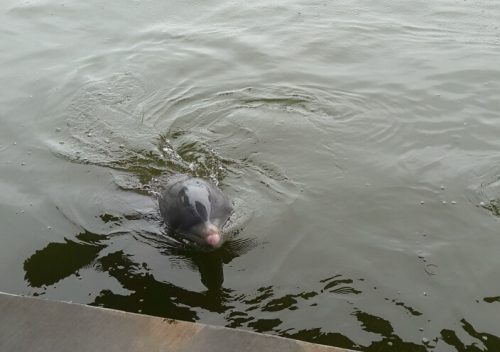Hi again! I decided I’d write two blog posts this month, just because the one about Disney World was out in Orlando instead of Miami. And also because taking a marine biology degree at UM is proving to be great fun, and I wanted to write about some great opportunities I’ve had the chance to do in terms of my degree specifically so far. While I’ve been here, I’ve had the chance to go diving in Key Largo, train to help with marine mammal strandings, and done experiments with sea urchins and sponges.
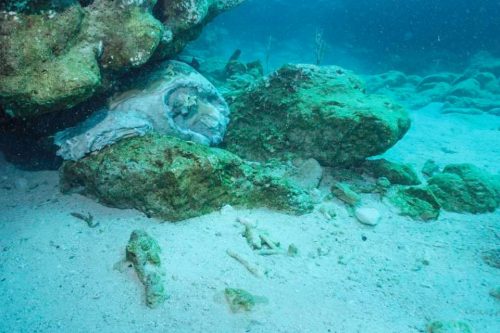
One of my classes is called Survey of Marine Mammals, which is all about whales, dolphins, and seals. For the past few weeks we’ve been having guest lectures from individuals who are currently working in the field, from people who are in charge of documenting strandings of manatees to project managers of dolphin tagging in the Indian River Lagoon of Florida. It’s been very interesting to hear about the variety of things you can do if you’re interested in working with marine mammals.
Last Saturday, our professor arranged a field trip to Dolphins Plus. The ‘oceanside’ facility is located on a natural lagoon that opens out to the Florida Bay, which offers a natural seawater home for the dolphins that are trained and studied by the team at the facility.
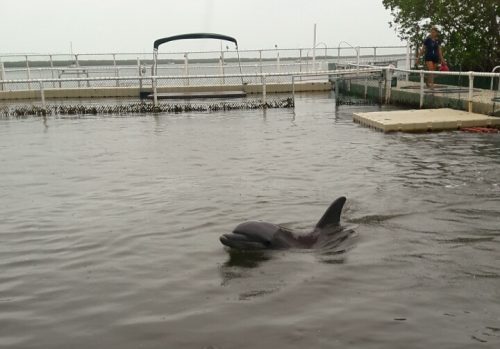
Much of marine mammal research really has to do with animal husbandry; how do you keep a dolphin healthy and happy? This is important not just for research purposes, but also because dolphin strandings and other situations where a dolphin needs to be rehabilitated or cared for under any reason require an understanding of a dolphin’s needs. Understanding dolphin health also means we can monitor them in the wild more accurately.
At Dolphins Plus, we got to get in the water with the dolphins, which were separated into males and females by a metal fence in the center of the natural lagoon. Trainers usually spend their day running through hand signals with the dolphins. This is actually not just for doing fancy tricks; dolphins can weigh up to 150 kg or more, and are mostly muscle, so using force to get them to do anything they don’t want really isn’t going to work out for you. This includes when you want them to hold still to let a vet look them over, check their morphometrics and vitals, or even examine their bodies for a physical check-up. And of course, it’s beyond cool to teach them how to make laughing sounds, blow raspberries, and do flips through the air.
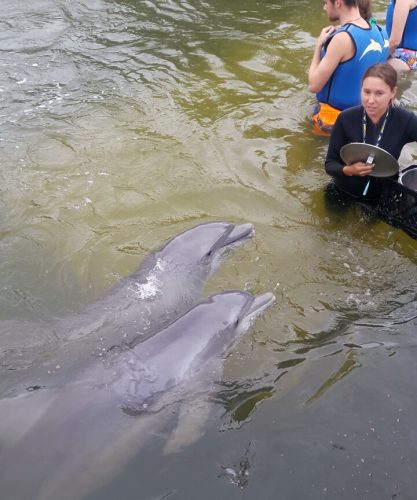
In addition to the personal encounter with the dolphins, we had a quick tour of the facilities, namely the kitchen, where the frozen fish is prepared daily with vitamins for consumption by the dolphins. Each dolphin (about twelve in all; five males and seven females, if I remember correctly) has a certain combination of vitamins and antibiotics that it needs to take daily in addition to its diet of fish, which includes at least six or seven different kinds that are shipped in bulk every month or so to the facility. The vitamins need to be stuff into the fish to be consumed; dolphins can’t swallow, so it’s easier to just tuck the meds into the fish through the gills and feed them their daily dose that way. They also eat jello – basically gelatin with water, which helps to keep them hydrated. In the wild, dolphins get their water from the fish they eat, but since the fish these dolphins eat are freeze-dried to be kept fresh, some of the water is lost. It’s best to be on the safe side.

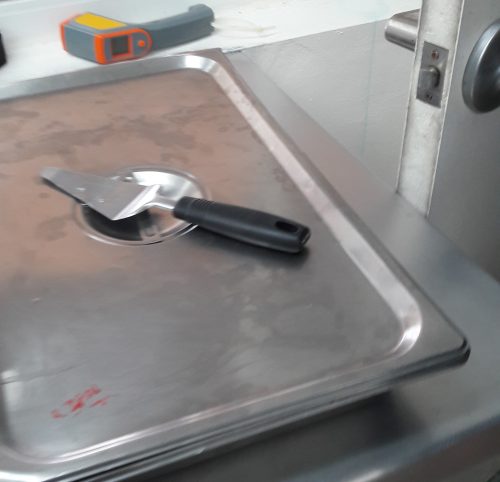
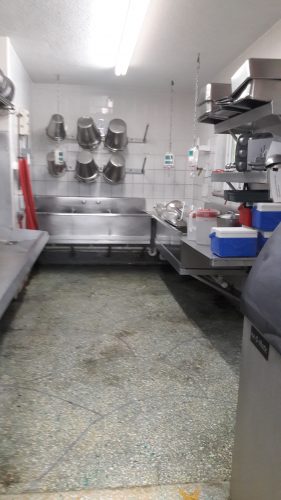

Besides physical needs, dolphins also require enrichment. Regarded as one of the most intelligent animals in the world, with evidence of having social hierarchies, innovative hunting strategies, and recognition of self in a mirror, they typically devolve into antisocial, aggressive behaviours if left to their own devices in an enclosed area like the lagoon. It’s a bit like expecting a child to sit quietly for hours on end without giving them something to play with. To solve this boredom problem, the trainers typically spend a certain amount of time a day playing with the dolphins, which can include having them swim through hula hoops in the water, or throwing a large white buoy into the enclosures to let the dolphins. There’s also a pie chart in the main office that shows a variety of activities, if the trainers run out of ideas that day.
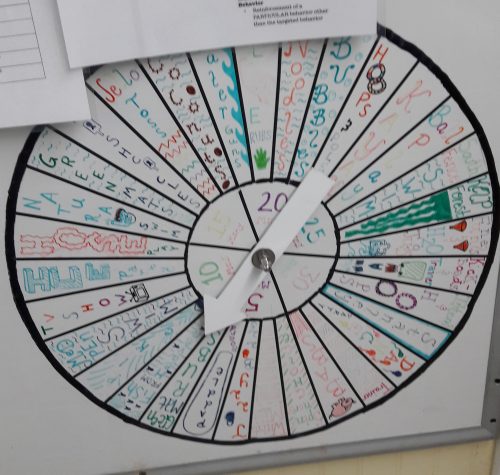
Dolphins are some of the most intriguing creatures in the world, a source of public adoration. Even if you aren’t into marine biology, there’s something about them which is so utterly human; I mean, this is an animal as curious to get a good look at you as you are to see them, an animal that responds to someone hula hooping at the water’s edge by spinning around in a circle for the fun of it all on their own. There’s definitely something about an animal that can do all that (in addition to being able to pull a sick flip out of the water) that has gotta be amazing to all of us.
